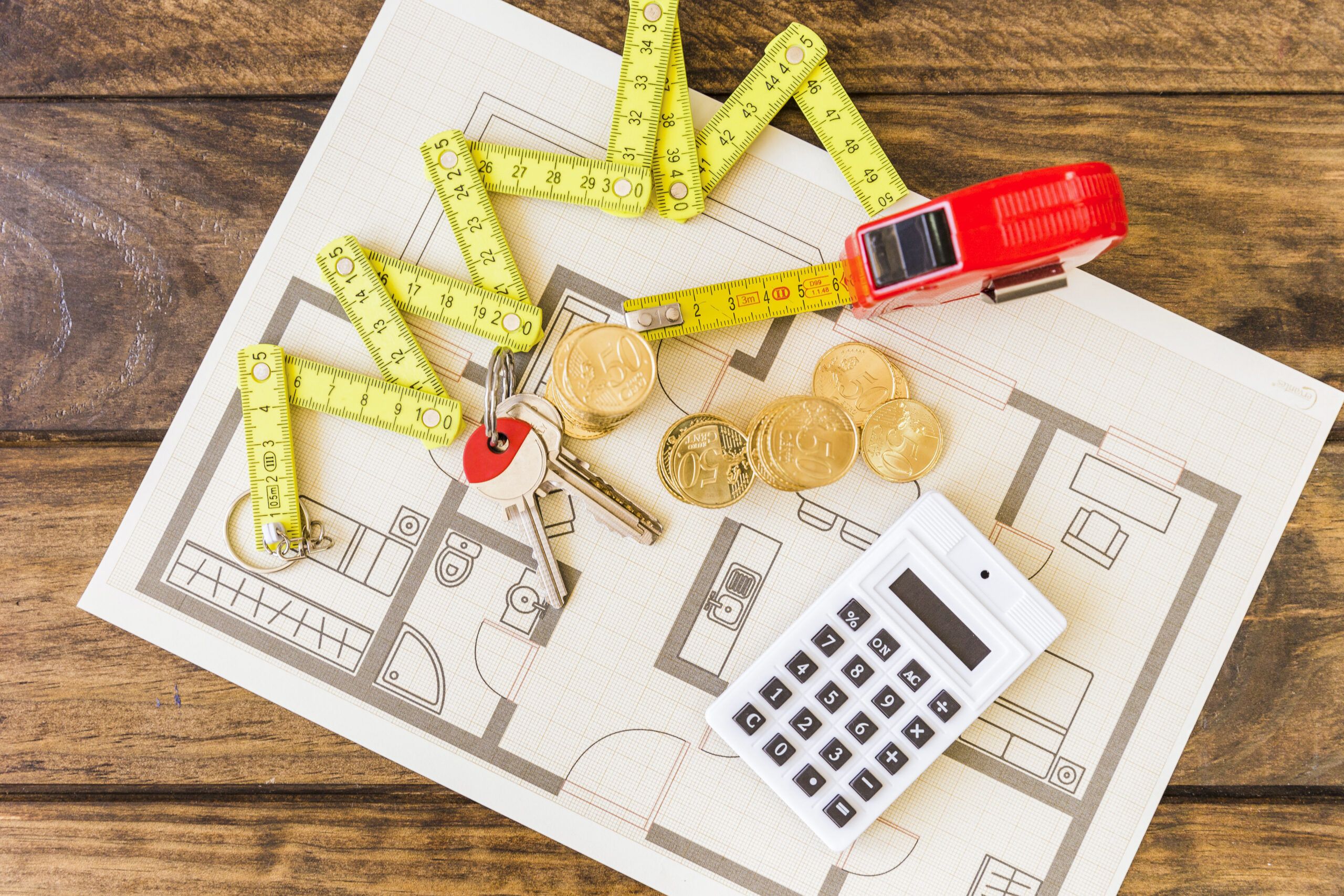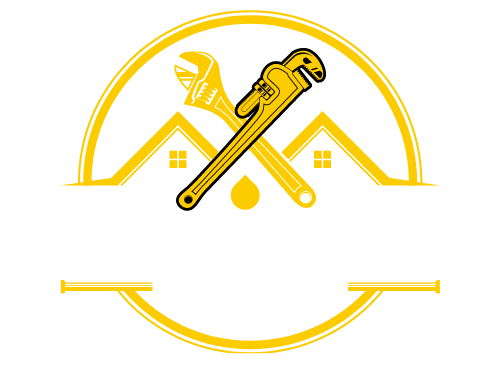Home renovations are exciting but they can also be expensive if you don’t plan properly. Whether you’re upgrading your kitchen, remodeling a bathroom, or finishing a basement, knowing how to estimate renovation costs is the key to staying on budget and avoiding surprises.
In this guide, we’ll break down the most important steps to create an accurate, realistic renovation budget without needing an engineering degree or construction experience.
Define the Scope of Your Renovation
Before you look at numbers, you need clarity on what you’re actually renovating. Are you painting the walls and updating fixtures, or completely gutting the space and starting from scratch?
Ask yourself:
- Which room(s) are being renovated?
- Are you keeping the existing layout?
- Will walls be removed or moved?
- Are plumbing or electrical systems being updated?
- What materials or finishes do you want (basic, mid-range, luxury)?
The more detailed your plan, the easier it is to estimate renovation costs accurately.
How to Estimate Renovation Costs Based on Project Type
Understanding average renovation costs by project type helps set realistic expectations. Below are examples of typical project types and their expected cost ranges. These ballpark figures will help you get oriented before diving into specific line items.
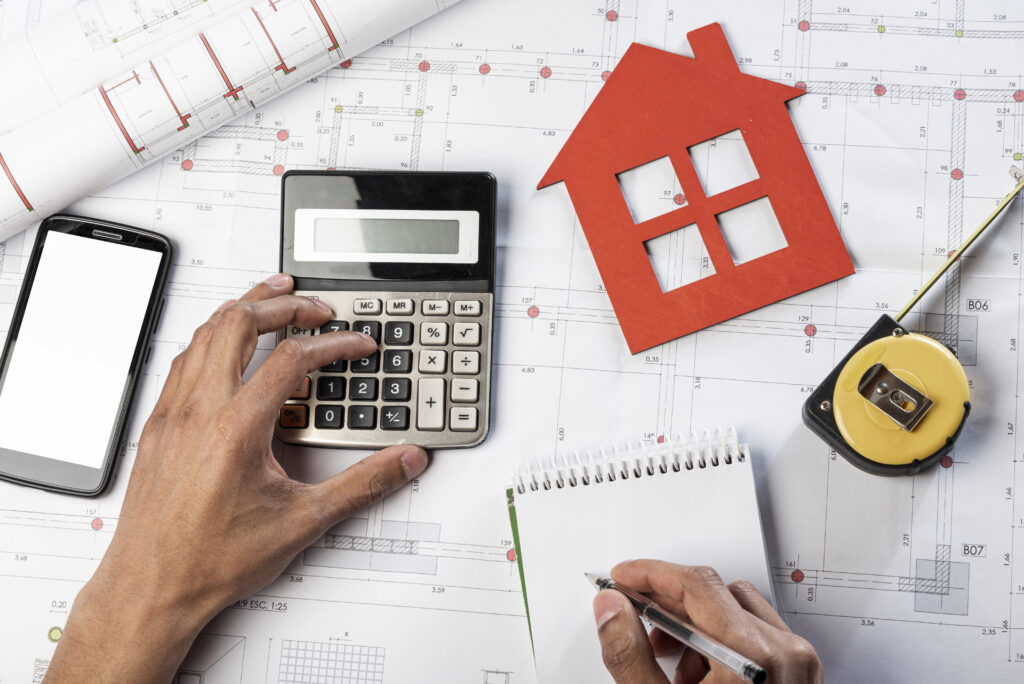
Kitchen Renovation Costs (Mid-Range)
Kitchen renovation in Scarborough is often one of the most costly parts of the project, with much of the budget going toward cabinetry, appliances, and finishes.
- $15,000 – $35,000+
- Factors that drive cost: cabinetry, countertops, plumbing, appliances, flooring, lighting
Bathroom Renovation Costs
Bathrooms can be compact but costly due to the concentration of plumbing and water-proofing requirements.
- $10,000 – $25,000+
- Key cost drivers: tiling, fixtures, plumbing upgrades, waterproofing
Basement Renovation Costs
Basement renovations in Scarborough depend heavily on moisture control, finishing standards, and whether bathrooms or kitchens are being added.
- $25,000 – $75,000+
- Costs depend on: moisture control, insulation, flooring, ceiling height, bathroom additions
Cosmetic Upgrades (Paint, Flooring, Trim)
These smaller updates may seem minor, but can add up quickly, especially when done throughout multiple rooms.
- $2,000 – $10,000+
- Cheaper, but adds up quickly across multiple rooms
These numbers will vary depending on material choices, square footage, and local labor rates. Always add 10–20% on top for unexpected costs.
The Four Pillars of Renovation Costs
When figuring out how to estimate renovation costs, and renovate your house on a budget it’s important to understand what drives those numbers. Nearly every renovation budget is built around these four core elements:
1. Labor
Skilled tradespeople such as plumbers, electricians, and tilers typically charge based on experience, project complexity, and your location.
- Often makes up 30–50% of the total cost
- Skilled trades (electricians, plumbers, tilers) charge based on experience, demand, and location
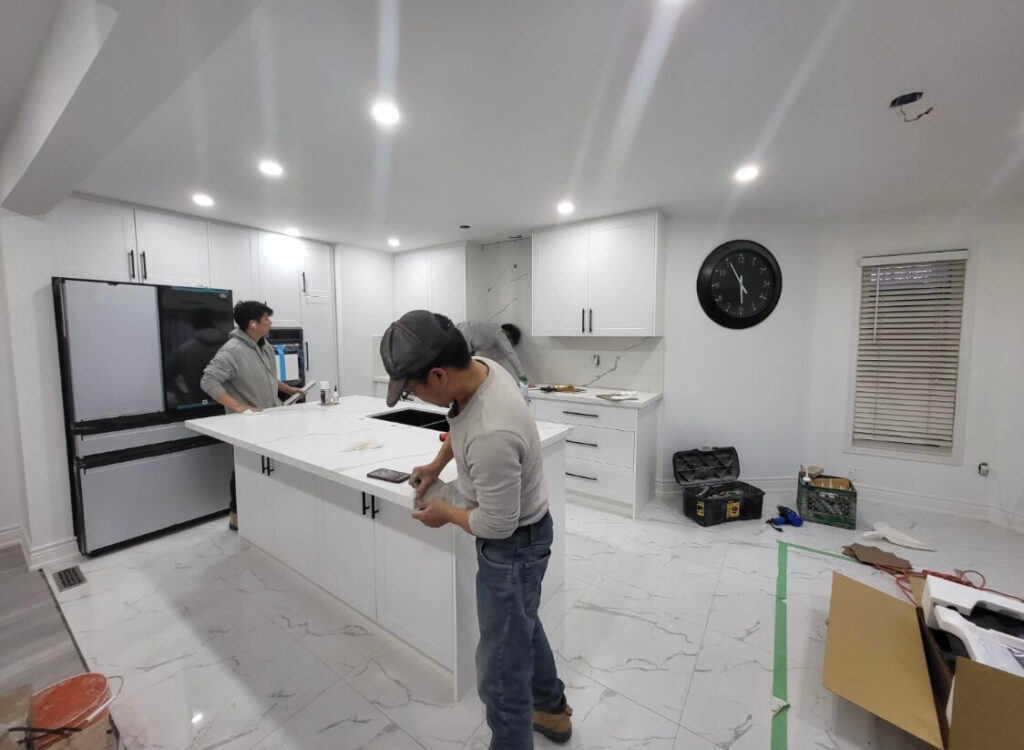
2. Materials
Material costs vary dramatically depending on the quality you choose. Budget-friendly options can save thousands.
- Costs vary widely depending on type and quality (vinyl vs. hardwood, laminate vs. quartz)
- Special orders or premium finishes increase timelines and price
3. Design, Permits, and Planning
Professional design or architectural input can streamline your project and avoid costly mistakes.
- Design services or architectural drawings may cost 5–10% of your budget
- Permits (especially in Scarborough and the GTA) vary by project scope
- Include inspection fees, engineering reports if required
4. Contingency
Unexpected costs happen, no matter how well you plan. Mold, outdated wiring, or delivery delays are common surprises.
- Always budget an extra 10–20% for surprises (mold, outdated wiring, delivery delays)
A good renovation estimate always includes all four elements—not just the cost of materials.
Create a Simple Renovation Budget Spreadsheet
Having a structured spreadsheet will help you keep track of every dollar. Start by outlining your major budget categories.
Here’s a sample format:
| Item | Estimated Cost | Actual Cost | Notes |
| Demolition | $2,000 | Includes disposal bins | |
| Electrical Upgrades | $3,000 | Add pot lights, move outlets | |
| Flooring | $5,000 | 700 sq. ft. of engineered wood | |
| Cabinets & Fixtures | $10,000 | Mid-range kitchen cabinets | |
| Contingency (15%) | $3,000 | For any overages | |
| TOTAL | $23,000 |
Keep updating this as you receive quotes and make purchases. Even a basic spreadsheet can prevent overspending.
How to Get Accurate Contractor Quotes
One of the best ways to estimate renovation costs is to speak directly with professionals. But not all quotes are created equal.
Tips for collecting and comparing quotes:
- Get at least three quotes for comparison
- Provide a detailed scope of work to all contractors (same format)
- Ask if the quote includes materials, labor, cleanup, and permits
- Review payment schedule, completion timeline, and warranty terms
Avoid vague estimates that are missing itemized breakdowns. The clearer the quote, the better your estimate will be.
Adjust Estimates Based on Room Type
Each room in a home renovations in scarborough project comes with unique cost considerations. It’s important to understand how room-specific features affect pricing so you can fine-tune your estimates.
Kitchen
Kitchen renovations tend to involve multiple trades and custom elements. Understanding where your money is going in this space is crucial to managing your budget.
- Cabinets can eat up 30–40% of your kitchen budget
- Appliance upgrades add 10–20%
- Changing the layout can increase plumbing and electrical costs significantly
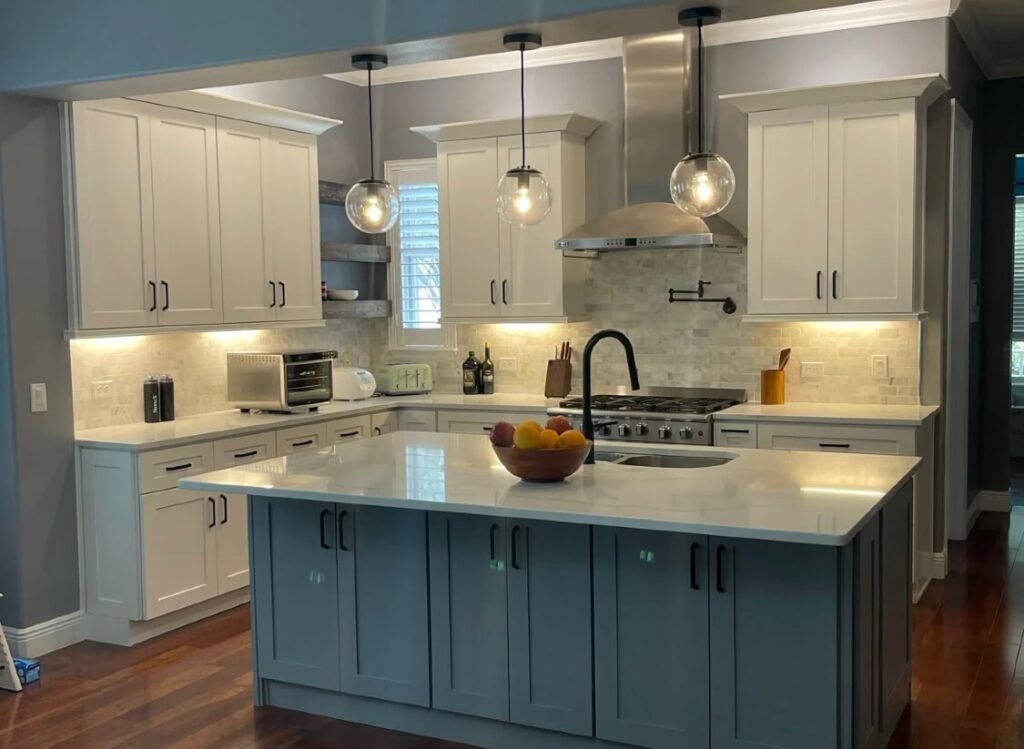
Bathroom
Bathrooms, while often smaller, are complex due to their plumbing and moisture protection needs. Expect high costs even for small square footage.
- Tiling labor and materials drive most of the cost
- Small bathrooms can still cost a lot due to dense plumbing work
- Ventilation and waterproofing are non-negotiables
Basement
Basement renovations are more than just finishing walls and flooring. They often involve moisture control, egress compliance, and insulation upgrades.
- Moisture barriers, sump pumps, or drainage can increase costs
- Finishing a basement requires fire-rated insulation, egress windows, and sometimes HVAC upgrades
Being aware of these room-specific expenses helps you fine-tune your estimates and avoid under-budgeting.
How External Factors Influence Renovation Budgets
Your location, timing, and market conditions can impact your costs more than you might think.
- Location: Labor rates in Scarborough and the Greater Toronto Area may be higher than national averages
- Material Availability: Import delays or shortages (like lumber or tile) can increase lead times and prices
- Seasonality: Spring and summer are peak renovation seasons—this may affect availability and pricing
- Permit Timelines: Waiting on inspections or approvals can add hidden costs through delays
Build flexibility into your estimate to stay in control even when unexpected changes arise.
Sample Mid-Range Kitchen Renovation Estimate (150 sq. ft.)
Let’s walk through an example to illustrate how to estimate renovation costs for a typical mid-range kitchen:
- Demolition & Disposal: $2,000
- Electrical & Lighting: $3,500 (new pot lights, switch upgrades)
- Plumbing: $2,500 (sink relocation, new fixtures)
- Cabinets & Installation: $12,000
- Countertops (Quartz): $4,000
- Flooring (Engineered Hardwood): $2,500
- Painting & Finishing: $1,500
- Appliances: $6,000
- Contingency (15%): $5,000
Total Estimate: ~$39,000
This kind of breakdown gives you clarity and helps avoid surprise expenses mid-project.
Revisit and Recalculate Throughout the Project
One of the most common renovation pitfalls is “scope creep”—when your plan slowly expands mid-way. A good estimate is never final; it’s a living document.
How to stay in control:
- Update your spreadsheet weekly
- Keep track of changes and upgrades
- Request revised quotes if the scope changes
This ensures your final cost stays as close as possible to your original estimate.
Conclusion: Renovating With Confidence
Learning how to estimate renovation costs doesn’t have to be overwhelming. With a clear scope, realistic pricing benchmarks, detailed quotes, and a flexible budget, you can plan your renovation with confidence and control.
If you’re preparing for a kitchen, bathroom, or basement renovation in Scarborough or the GTA, start with a solid estimate and adjust as you go. Smart planning is the foundation of every beautiful renovation.

